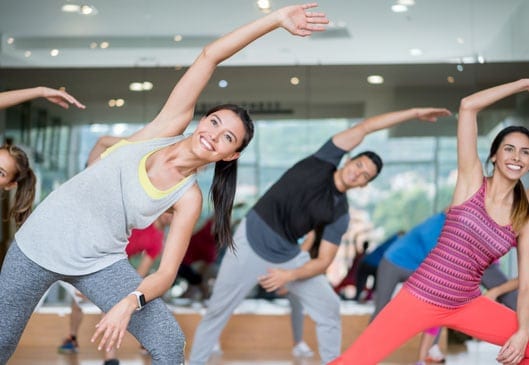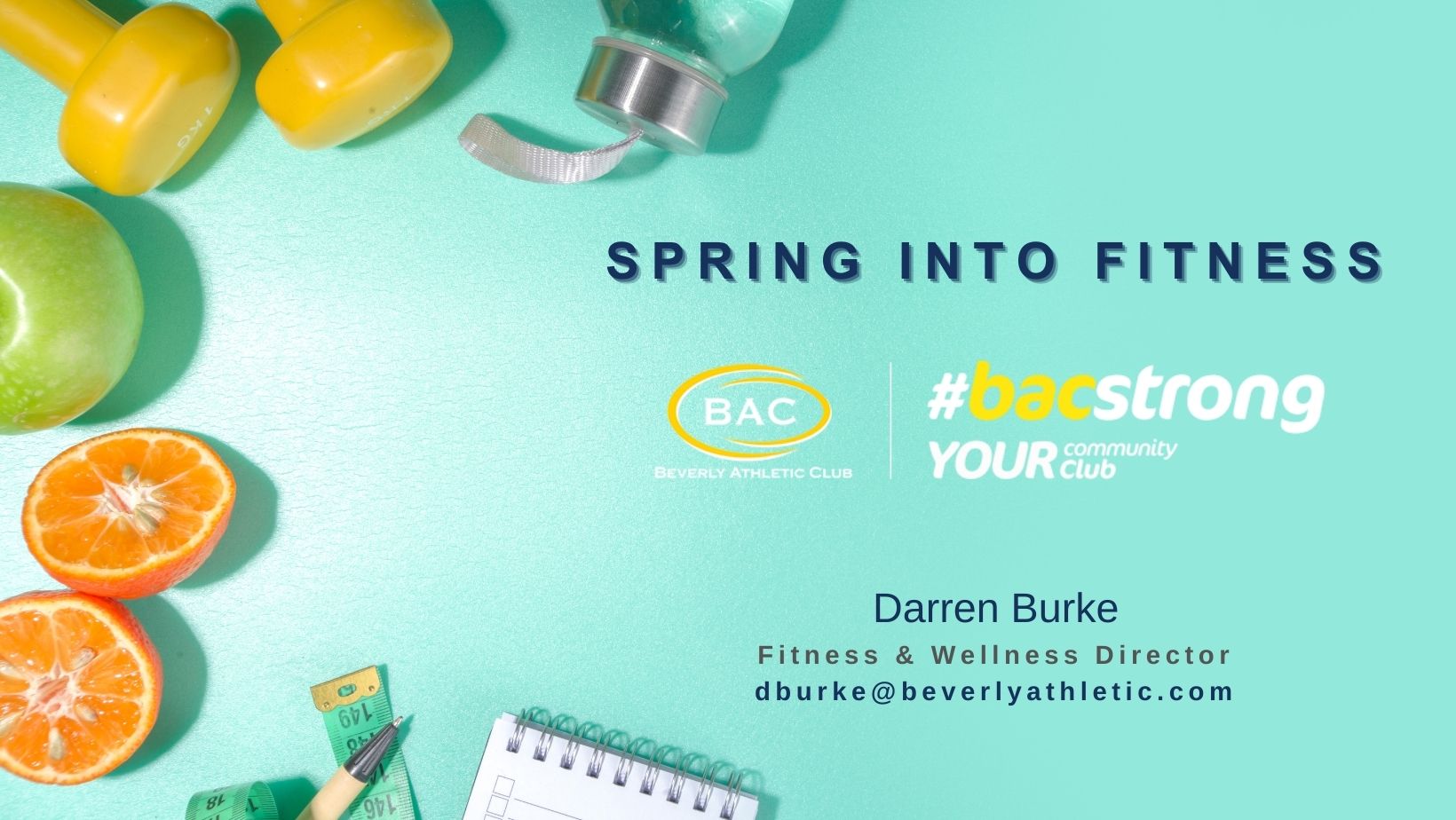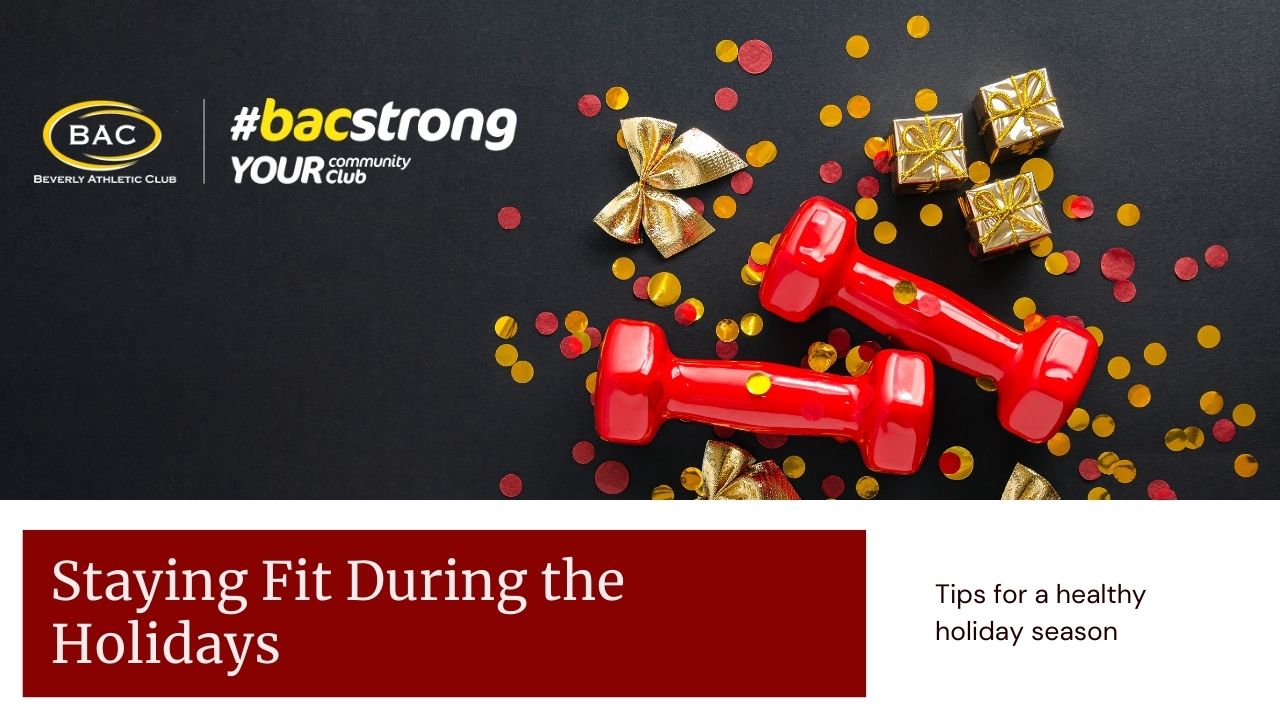
To cross the threshold to any fitness facility can be a feat in and of itself, with general anxiety and depression on the rise as well as gym intimidation, signing up for a gym membership is a formidable task. The statements of people wanting to lose 15 pounds before they join a gym or being able to fit into that great workout outfit first before jumping into a Barre class, seem counterintuitive. When more and more individuals are learning that the best combatant against their anxiety and depression is exercise and fitness in all forms.
The Beverly Athletic Club’s own Erica Miller, Health Coach, CPT, finds the hurdle of stepping into a gym because of intimidation or anxiety is a difficult question to solve. “There isn’t any one answer and people have different reasons why they are not in the gym. Some express a discomfort about being watched, some are uncomfortable in their bodies and still others don’t know how to workout so they may overcomplicate things causing too much pressure.”
According to the 2019 study conducted by OnePoll in conjunction with Isopure prior to COVID, a study of 2,000 Americans, 50% of them stated that the gym environment was intimidating. Some 47% stated discomfort when around someone else who is fit and a further 31% admitted to feeling anxious. If you pair that to the more recent 2022 brief released from the World Health Organization stating that there has been a substantial increase to 25% in anxiety and depression worldwide. Signing up for a gym membership has assured ties to anxiety and depression today than it did pre-pandemic.
A prospect that Miller believes is a part of a more significant trend of “learning how to come out of our COVID shell.” Being trained as a health coach has allowed her to see this as part of a greater picture. “I work with people to find balance in their lives, I look at it as a pie cut into 6 or 8 pieces, social, financial, fitness, mental health and family. Whatever is important to that individual I want to help them discover what they like and what feels comfortable. To move from just contemplating making changes to actually making changes in their health and fitness. It’s about preparation first and then change.”
For Miller her fitness is tightly connected to her mental well being and if she does not work out then her mental health is affected. “I work out for my own mental health but it took me a while to learn that. It was a matter of confidence, it took years for me to feel comfortable entering the main weight room at the Beverly Athletic Club. It was only after I found that confidence where I was able to get into the best shape of my life. But it took a while and I understand what others are going through as they are trying to find their comfort-level.”
Miller feels that everyone is unique and each person will have their own workout program. “You need to find that plan that works for your body. Sometimes going to a Spin class five days a week is not going to cut it for you but it makes your best friend look great. Also if you don’t like something and don’t enjoy doing it then don’t do it. Find something else. I had a client who wanted to love pilates and went all the time. One day she told me that she just did not enjoy pilates and we found something else to fit into her workout program. You have to tell yourself, I’m doing this for my overall health and well-being, then go from there.”
Miller believes that it’s in the little accomplishments where you can see the best results. That there are many small accomplishments that happen on the way to running that 5K or trying a Triathlon Sprint, first you have to meet that first goal of fitting into that great pair of jeans or being able to button that top button on a pair of pants you feel so comfortable in. “It can be a powerful thing to do something so simple. That’s one of absolute joys about working with my clients, to see them do something that they never believed that they could do is the best thing.”
If one focuses on those smaller accomplishments, the anxiety and intimidation begin to fade to the background as the goal becomes clearer. Everyone started some where to move to their greater achievements and even the person who seems so comfortable walking around a club had to overcome their hesitation. The key is that first step and Miller’s consistent message asked of every new client, “what brought you here today?” Even if the answer is I don’t know, the point being that you crossed that threshold and your angst, there’s no better place to start.





